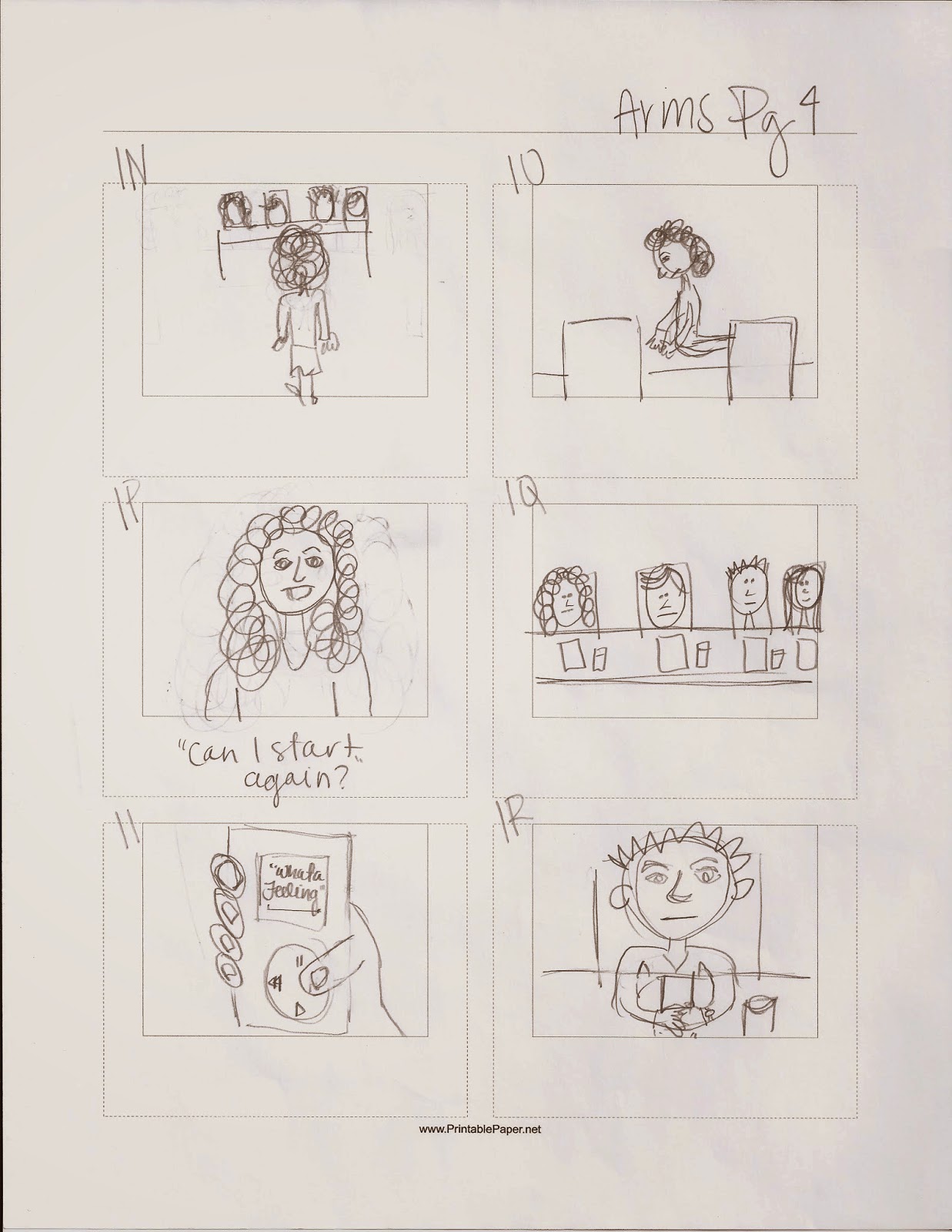When I signed up for this class, I was extremely hesitant about it mainly because at the time, I didn't consider myself to be a videographer (or a camera person for that matter). I loved being behind the scenes, but instead of being in charge of creating the shots, I always went for the role of production assistant and kept everyone in check. Let's be real, in our TCF 201 projects I would always give the camera to Chris Swart and just follow him around the set. But as I was signing up for Spring classes, I decided that I would challenge myself to step away from the production side of things and go behind the camera for a change, and I'm so happy I did.
I can honestly say that I have learned more in this class alone than I had in my other TCF classes combined. Not only have I learned about the cameras and their specifications, but I learned that there are times to use a DSLR and there are times when an EX3 is better, and the same goes with any camera. I learned the difference between lenses and sensors and how knowing these things can help you create the best images possible. On top of that, the knowledge I acquired about the importance of lighting, composition, and focus has opened my eyes to an entirely new world of film. Now, as I sit and watch a movie, I can actually critique the cinematography in it because I now notice the little things, such as continuity, focus, or editing issues. And for a change, I sound somewhat educated when I do it.
More than anything though, this class proved to me that my biggest fear in filmmaking was true: Being a videographer is not easy. To be in charge of bringing someone else’s vision to life through the lens of a camera is really intimidating, especially knowing that small errors, such as being the slightest bit out of focus, can ruin an entire shot or even the scene. Not only is filmmaking hard, it’s time consuming. From spending three hours to light one shot, to editing for hours on end, this class showed me the countless amount of hours that being a filmmaker requires to perfect their craft and to create beautiful pieces of art. At the same time, it made me appreciate all of the people behind the camera so much more.
Looking back now, I’m extremely thankful that I enrolled for this class. I was inspired by the teachings of Dr. Raimist as well as the work of my classmates, and gained more hands-on experience with cameras than I ever thought I would. More than anything though, this class proved to me that if I continue to work and perfect my craft, then I too can be a filmmaker.

























